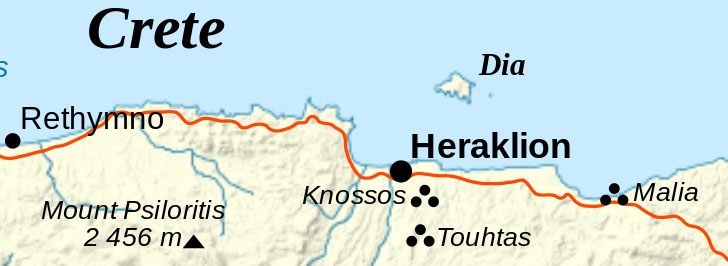
Antonis Kotsonas, a University of Cincinnati assistant professor of classics, will present research on the ancient city of Knossos on the Greek island of Crete in January 2016 at the Archaeological Institute of America and Society for Classical Studies.
Recent fieldwork at Knossos finds that during the early Iron Age (1100 to 600 BC), the city was rich in imports and was nearly three times larger than what was believed from earlier excavations. The discovery suggests that not only did this spectacular site in the Greek Bronze Age (between 3500 and 1100 BC) recover from the collapse of the socio-political system around 1200 BC, but also rapidly grew and thrived as a cosmopolitan hub of the Aegean and Mediterranean regions.
Antiquities collected from fields covering where dwellings and cemeteries were shows that Knossos was a nucleated, rather densely occupied settlement extending over the core of the Knossos valley, from at least the east slopes of the acropolis hill on the west to the Kairatos River, and from the Vlychia stream on the south until roughly midway between the Minoan palace and the Kephala hill.
Exploration has revealed considerable growth in the size of the settlement during the early Iron Age and also growth in the quantity and quality of its imports coming from mainland Greece, Cyprus, the Near East, Egypt, Italy, Sardinia and the western Mediterranean.